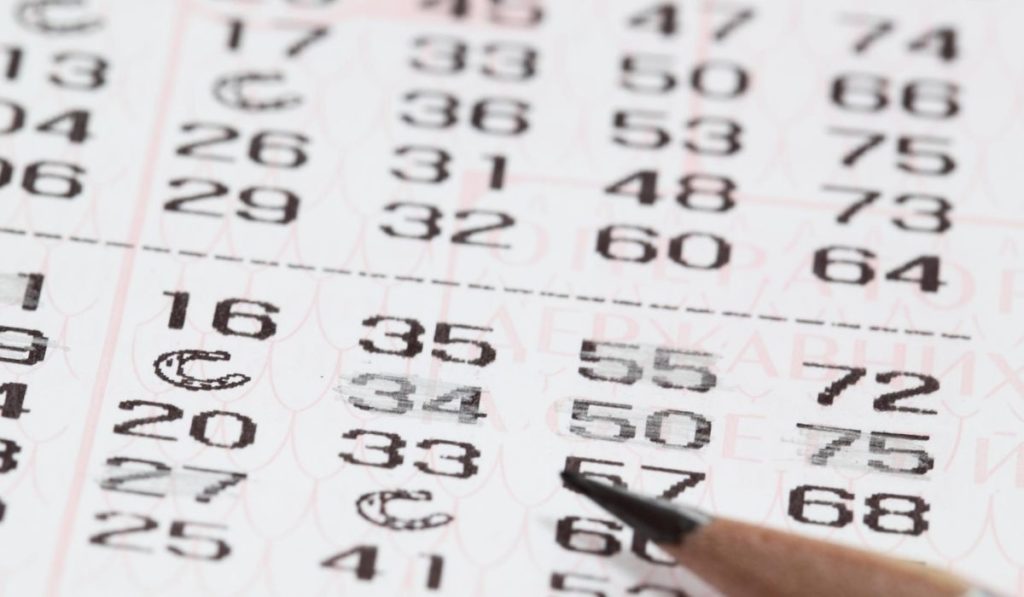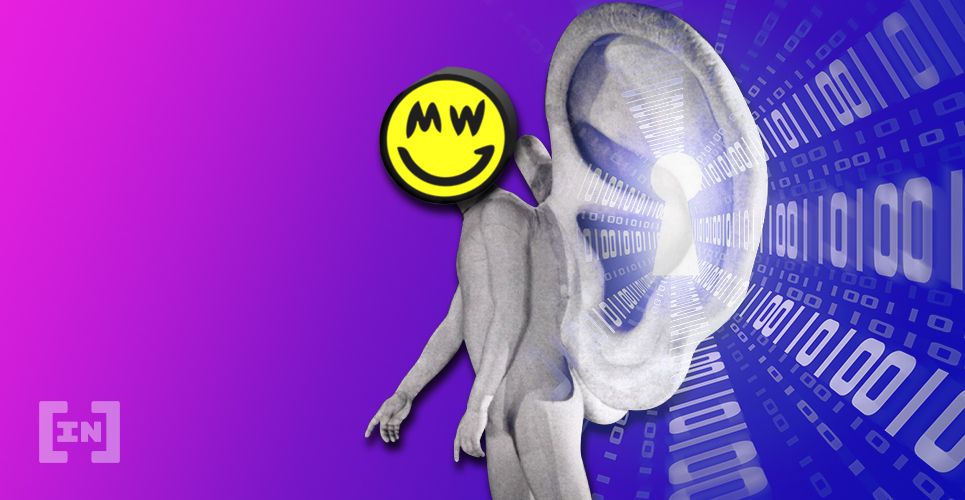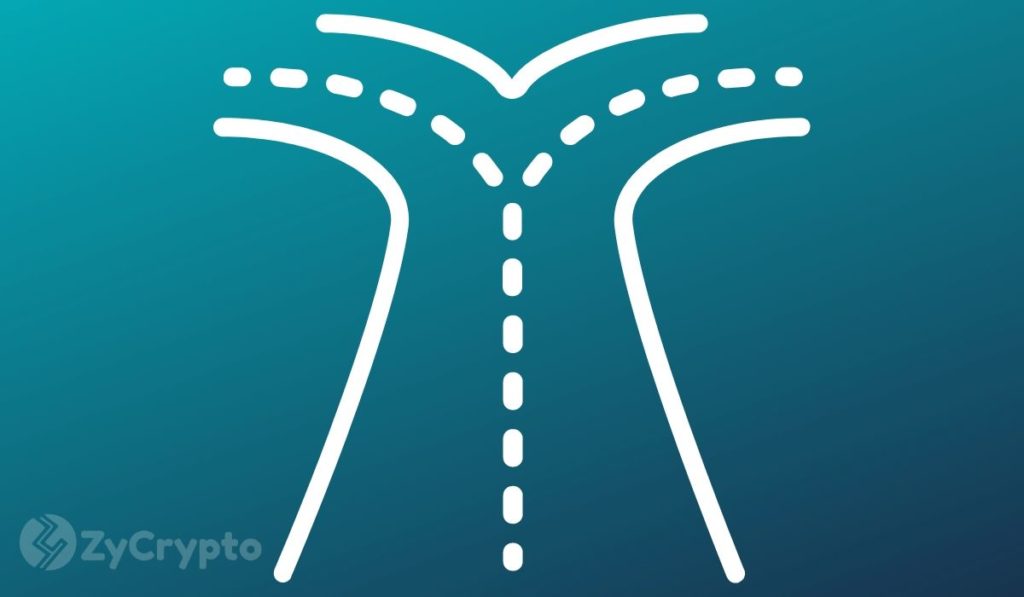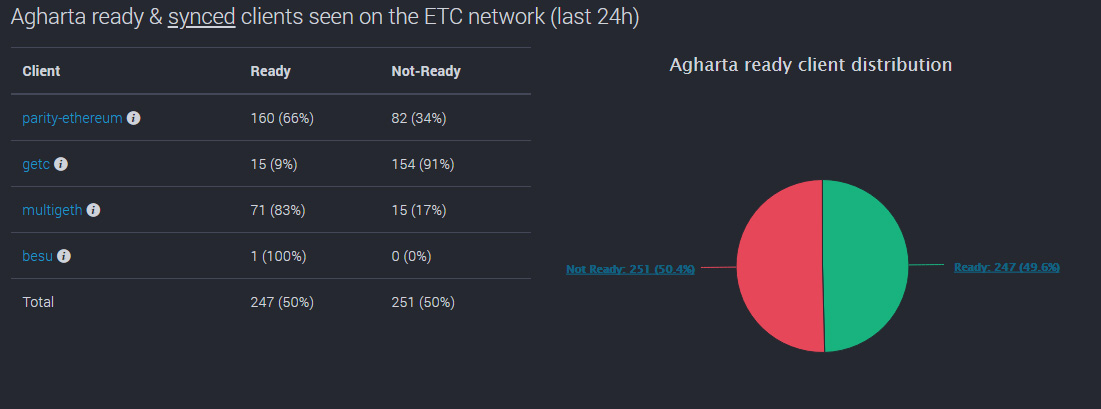2020-10-8 06:26 |
The Accredited Standards Committee X9 Inc. (X9) today announced that it has published a new standard, X9.142, The Elliptic Curve Digital Signature Algorithm (ECDSA). This standard defines a mechanism to facilitate the secure authentication and non-repudiation of data in financial and other online transactions, using the ECDSA. X9.142 is now available for download.
The replacement of paper-based transactions by electronic ones has reduced costs and improved efficiency, but it can also yield potentially severe risks such as unauthorized accessing, disclosure, forgery or alteration of data, if protection is insufficient. Digital signatures, in combination with other cryptographic techniques, help ensure the integrity and origin of received data, and thus also help to ensure that sent data goes only to an authorized recipient (when encrypting to a public key that has been digitally signed).
Given a message, a digital signature, and the signer’s authentic public key, cryptographically verifying the signature assures a verifier that the signer’s private key was applied to the message when generating the signature. If the signer’s private key is kept secret from attackers, no known forgery attacks work against a properly secured implementation of ECDSA.
X9.142 specifies a digital signature algorithm, the ECDSA. Elliptic curve signatures, such as ECDSA, are the fastest and smallest available secure digital signatures, and they are now used widely, often replacing legacy RSA signatures. Some of the most prominent websites are now secured with the help of ECDSA. The web server generates an ECDSA signature in a secure handshake for each web visitor. Web browsers verify the ECDSA signature, showing this verification to the user by way of a secure lock icon next to the web address. A blockchain financial transaction may also use an ECDSA signature to permanently bind the transaction on a ledger.
The X9.142 ECDSA standard provides methods and criteria for generating the public and private keys that the ECDSA requires, and procedural controls needed for secure use of the algorithm with these keys. The standard also provides methods and criteria for generating the elliptic curve domain parameters that the ECDSA requires, and procedural controls for secure use of the algorithm with these domain parameters. It replaces X9.62-2005, an earlier specification of the ECDSA.
“The ECDSA has been used for over 20 years to authenticate electronic data. Recently, it has become even more popular, authenticating much of today’s internet traffic, including top websites,” said Dan Brown, Senior Standards Manager at BlackBerry, and editor of the X9.142 standard. “The financial community has collaborated to develop cryptography standards such as X9.142, leading to strong electronic transaction data security that benefits all stakeholders, from financial institutions and online service providers to financial customers and general internet users.”
origin »Tattoocoin (Standard Edition) (TSE) на Currencies.ru
|
|
















